The regulatory world surrounding development projects can be complex, but we have the skills and experience to streamline review and achieve creative changes to historic properties.
Public Agencies
Private Clients
Non Profits
CHATTEL, INC. | HISTORIC PRESERVATION CONSULTANTS



Chase Knolls
Los Angeles, CA
Chattel worked with design architect DFH Architects, landscape architect MLA Studio, and owners KOR Group and Waterton to implement a multi-phase rehabilitation plan for the historic apartment buildings and surrounding landscape, as well as introduce new infill construction in conformance with the Secretary’s Standards for Rehabilitation. Significantly, rehabilitation work involved careful integration of new plumbing and electrical systems at each of the historic apartment buildings with minimal disruption and change. Interior features of apartments including cabinetry and stainless steel countertops in kitchens, and ceramic tile with inlaid stainless steel trim in bathrooms were all preserved. Carports along the central driveway spine were demolished for construction of new apartment buildings set atop subterranean, multi-level parking garages. A community swimming pool and gym were added as amenities. Architects Heth Wharton and Ralph Vaughn, who had worked with master architect Paul R. Williams, and landscape architect Margaret Schoch designed the garden apartment complex for Joseph Chase. It replaced a family dairy farm that previously occupied the property. Typical of large apartment developments at the time, it was financed by Section 608 of the National Housing Act and was required to follow certain design guidelines promulgated by the Federal Housing Authority. The property is a designated City of Los Angeles Historic-Cultural Monument and has a Mills Act Historical Property Contract.

From left, Chattel Associate Nels Youngborg, MLA Landscape Architect Mia Lehrer, Robert Chattel, and DFH Architect Kate Joyce at the Los Angeles Memorial Coliseum awards ceremony
Picture Bridge
Pasadena, CA
Chattel and the project team including Langham staff, project manager PEAK, structural engineer IMEG Corp. and contractor JRM Construction Management, collaborated with City of Pasadena and advisor Pasadena Heritage to rehabilitate the Picture Bridge and maintain historic integrity. Constructed in 1913, the Picture Bridge is a heavy timber pedestrian bridge designed by master architect Myron Hunt with paintings added in 1933 by artist Frank M. Moore. Severe deterioration of the structure and the paintings continued unabated until the project team arrived at a creative solution. A hybrid rehabilitation reused as much original historic fabric as possible, provided appropriate in kind replacements, and replicated the historic appearance by cladding new steel with redwood. The new wood clad steel support system is entirely hidden from view. The maximum amount of historic materials was retained, including the tile clad gable roof structure, salvaged and reinstalled wood guardrails, select decorative joist ends repaired with wood epoxy, and restoration of concrete flooring back to an earlier appearance based on historic documentation.

The Picture Bridge is one of 28 contributors to the National Register of Historic Places-eligible Huntington Hotel Historic District, thus listed in the California Register of Historical Resources. Photo source: Kevin Edge Photography
Installed in 1933, its namesake 40 triangular-shaped paintings by British impressionist artist Frank Montague Moore depict a variety of iconic California scenes, each accompanied by a corresponding poem by Paris-trained poet Donald Benson Blanding. As part of the project, facsimiles of the 40 paintings of California landscapes and landmarks were installed as a signal that future conservation and interpretation of the original paintings will be addressed at a later date.
Villa Vicente
Santa Monica, CA
Chattel worked with design architect Corsini Stark Architects, landscape architect KSA Design Studio, and owner United Property Management to develop an exterior rehabilitation plan to revive this two-story 20-unit apartment complex. The project included rehabilitation of aluminum casement windows, exterior paint throughout including Modern Masters silver metallic paint on overpainted windows, wood louvers and sills on the north elevation (street façade) following a pattern popularized by master architect Richard Neutra. Original architect M.L. Riesenberg may been influenced by master architect Marcel Breuer’s widely published exterior stairs at his 1948 House in the Museum Garden at the Museum of Modern Art in New York. The exterior metal stairs with their distinctive horizontal ladder features were rehabilitated with new paint and treads of Ipe hardwood that will weather to a warm gray color over time. New landscaping, hardscape and courtyard drainage replaced lawn and overgrown trees with new sustainable elements. The swimming pool was re-plastered with new tile and more energy efficient pool equipment. Original pool restrooms were removed and an open cabana structure with roof trellis takes their place.
Santa Monica Proper Hotel
Santa Monica, CA
Chattel, Inc. worked as historic architect with project architect Howard Laks Architects, general contractor Benchmark Construction/Morley Builders and owner Santa Monica Proper JV, LLC (Alex Gorby of Maxser & Co. and Brad Korzen of The Kor Group) for over ten years to realize this remarkable adaptive reuse and new construction project. Condé Nast Traveler says, the new hotel “has a refreshing sense of place…[and]…epitomizes laid-back West Coast living.” The project was subject to review under a Development Agreement with the City of Santa Monica for conformance with the Secretary's Standards. Design approvals included both a Certificate of Appropriateness by the Landmarks Commission and an Architectural Review Board approval from the specially seated Joint Design Review Body, comprised of representatives of both commissions. Interiors by designer Kelly Wearstler are expressive of the old and new architecture, which demonstrate her “flair for mixing and matching wallpapers, textures, and eclectic pieces from around the globe.”

Tim Street-Porter
Gilmore Gas Station (Starbucks)
Los Angeles, CA
Chattel, Inc. worked with Starbucks, Valerio, Inc. and a team of specialists to develop a rehabilitation plan that brought this beloved neighborhood landmark back to life in conformance with the Secretary's Standards. The project required remedial environmental cleanup, repair and reconstruction of historic materials, such as the cantilevered canopies, removal and replacement of incompatible alterations, and transformation of windows and doors to service counters. Spectra Company performed critical rehabilitation and reconstruction work. The sensitive adaptive reuse of the Gilmore Gas Station has revitalized this important Historic-Cultural Monument as a newly imagined "fuel" station.
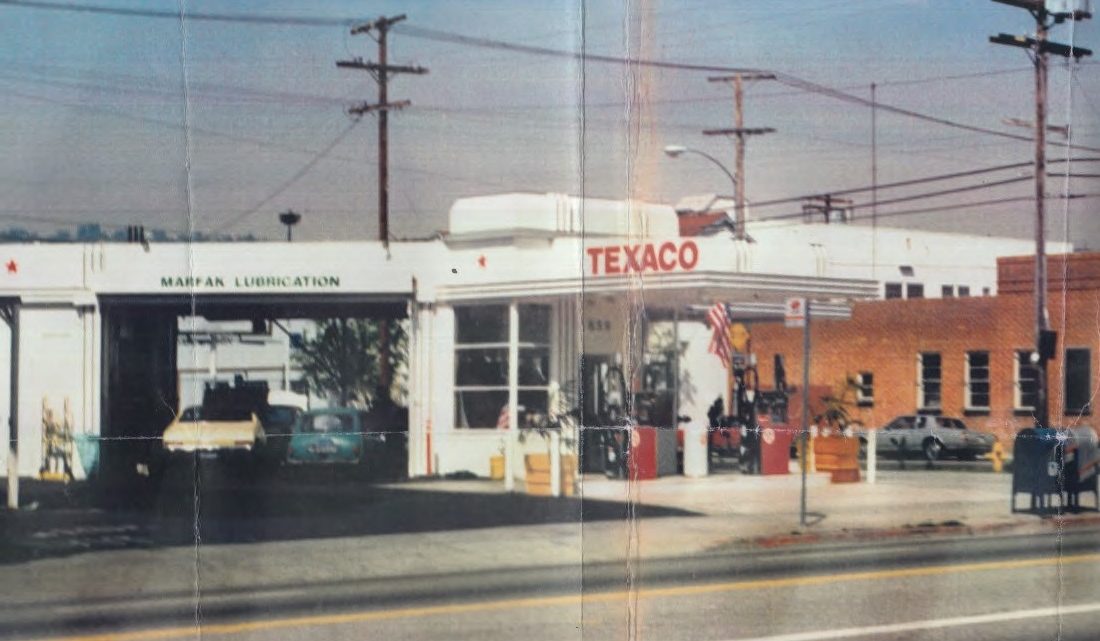
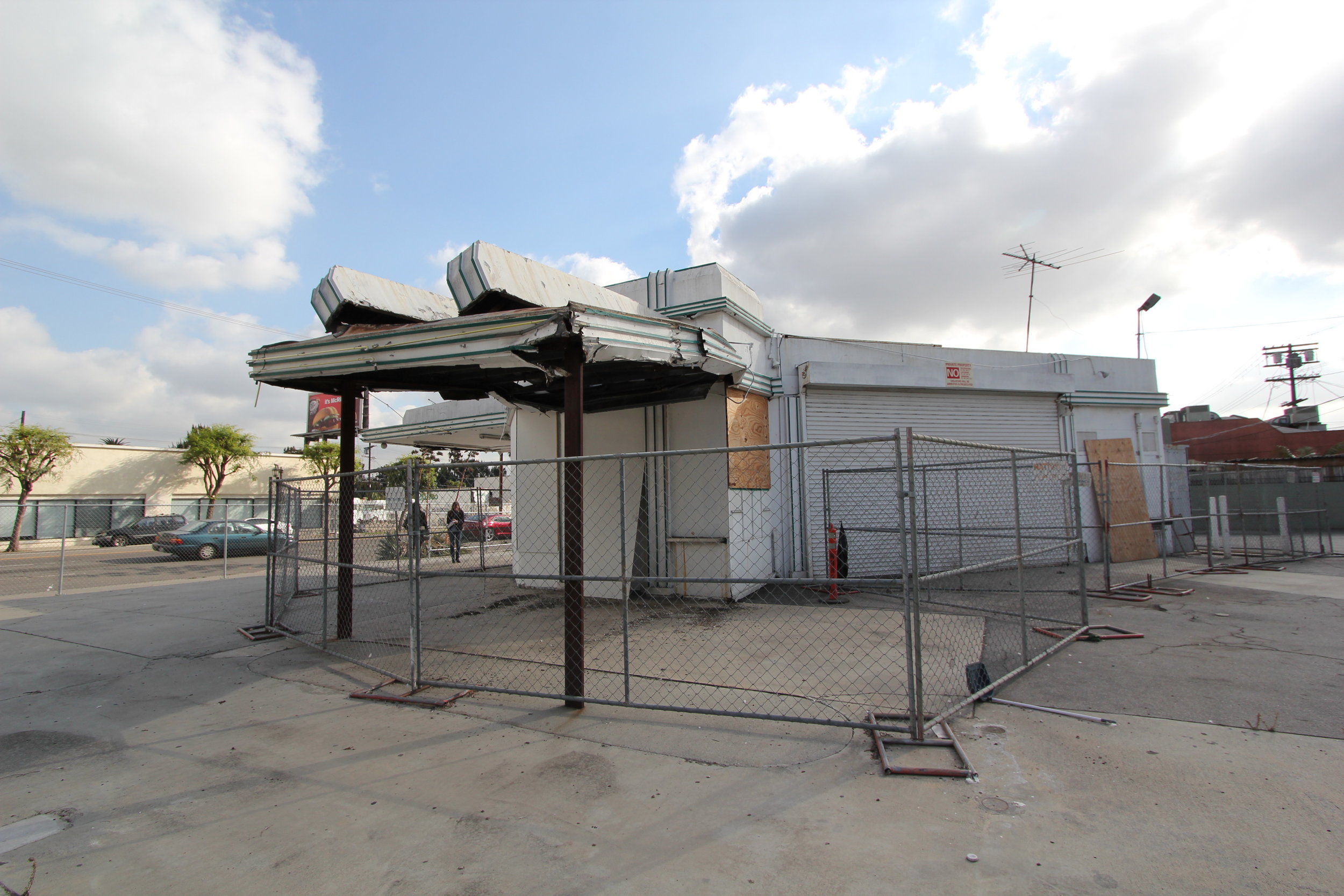
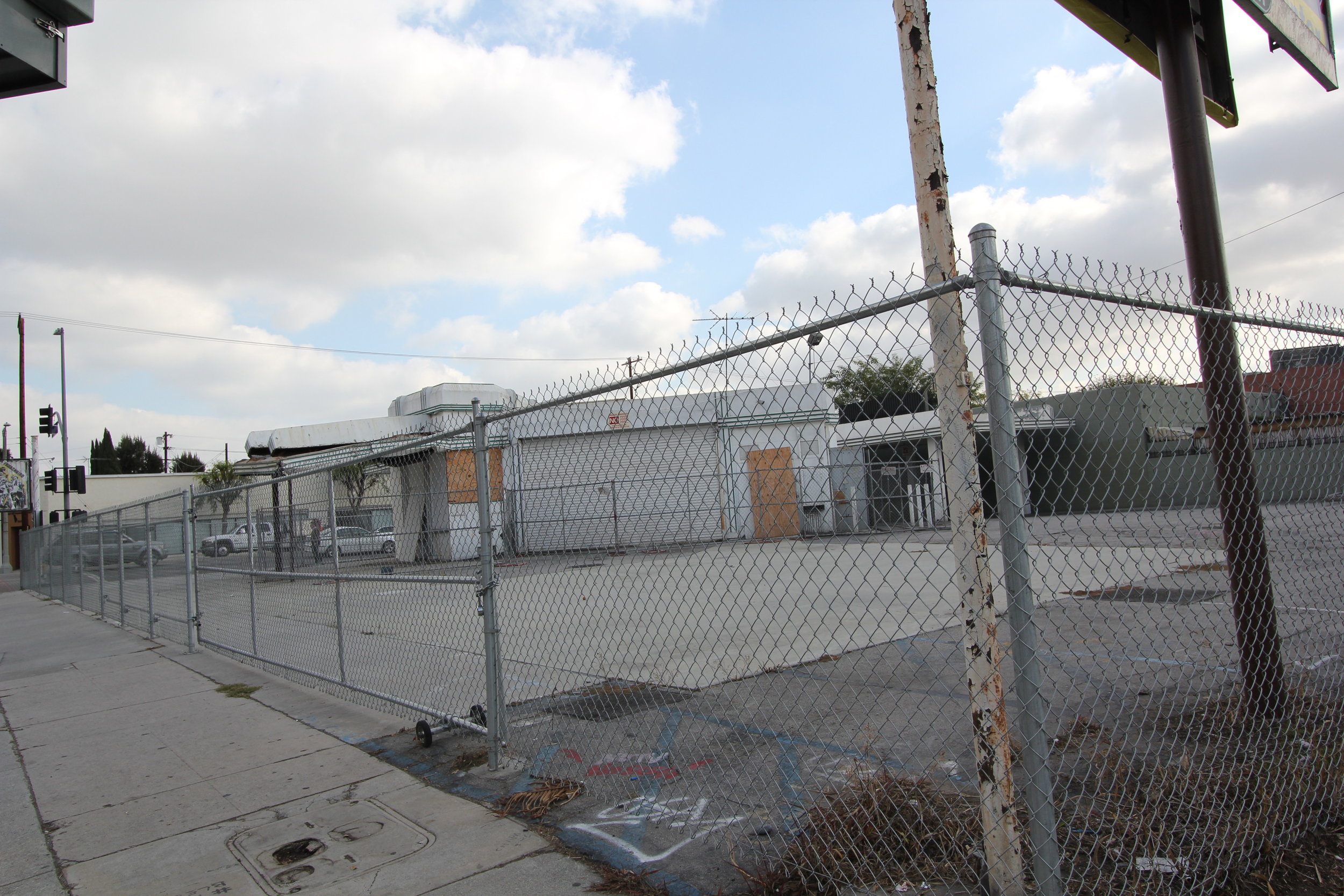
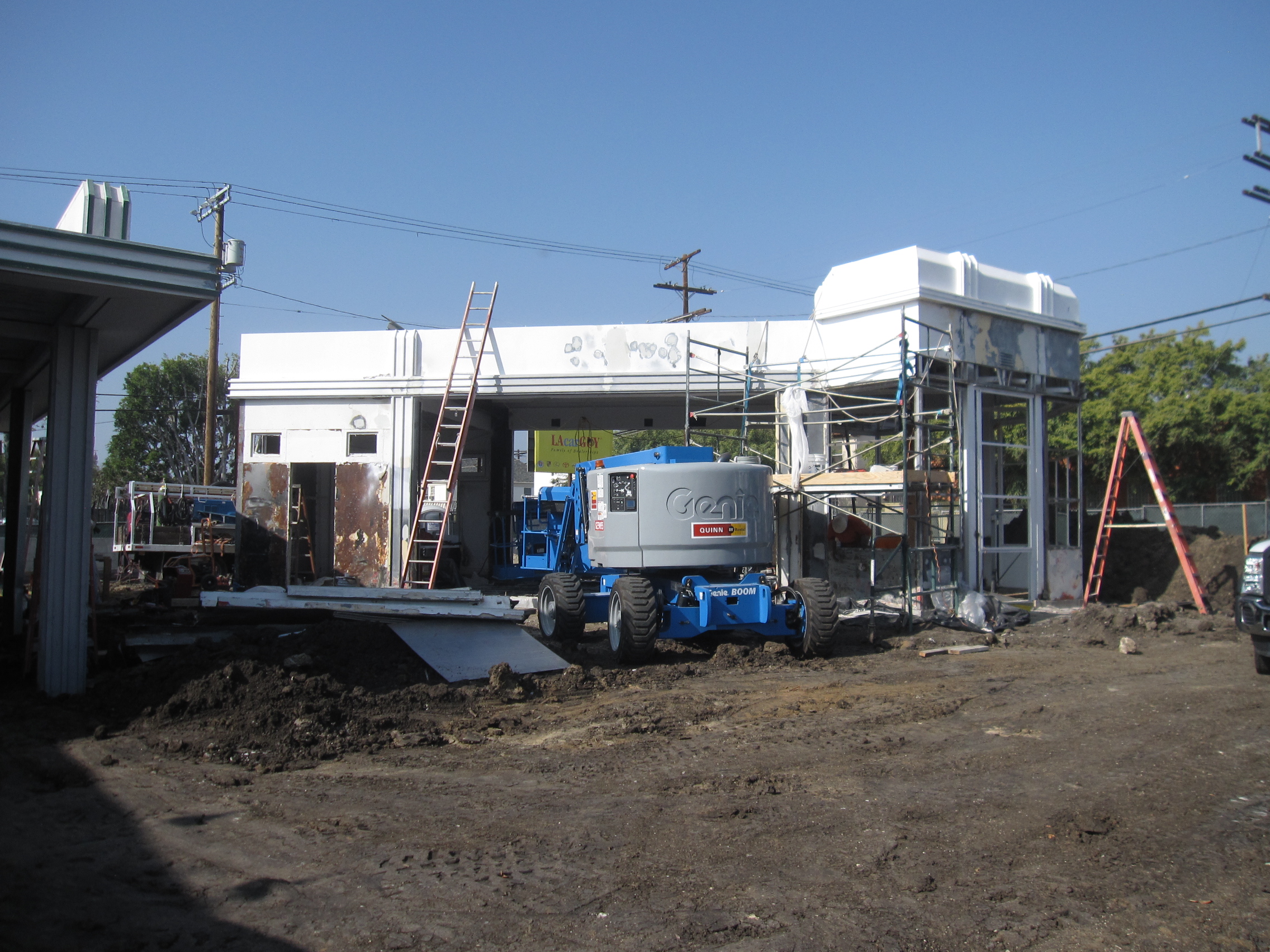
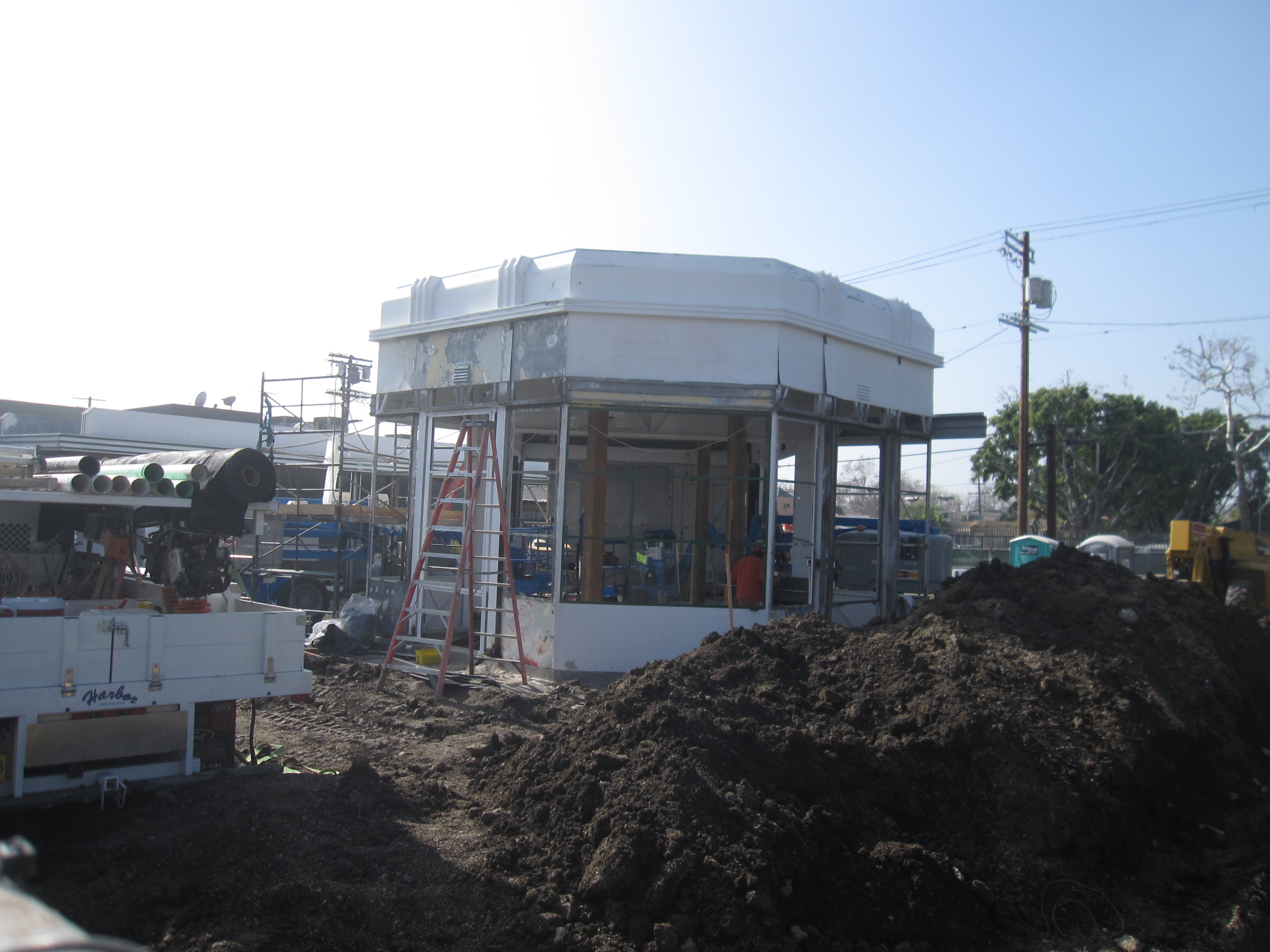

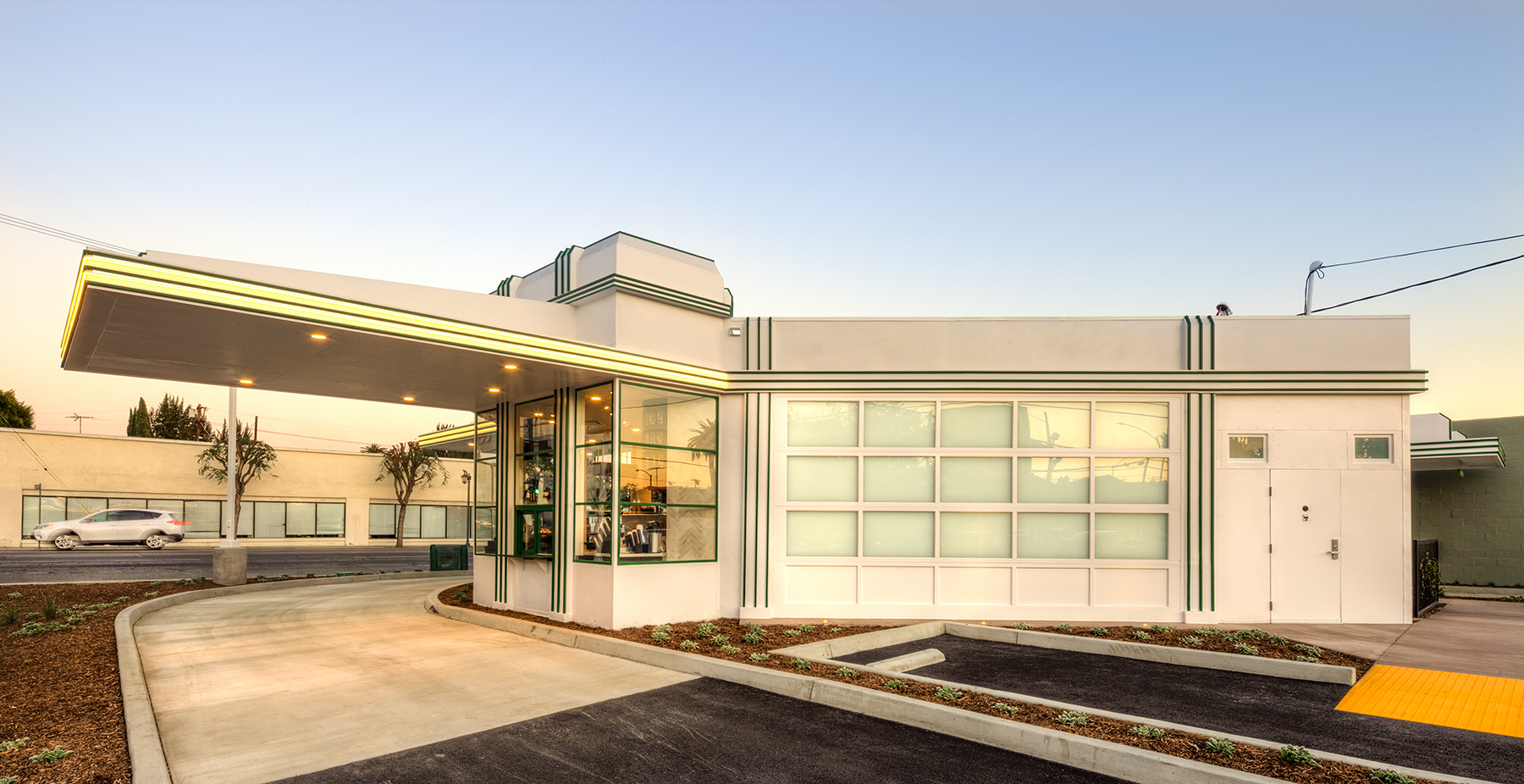
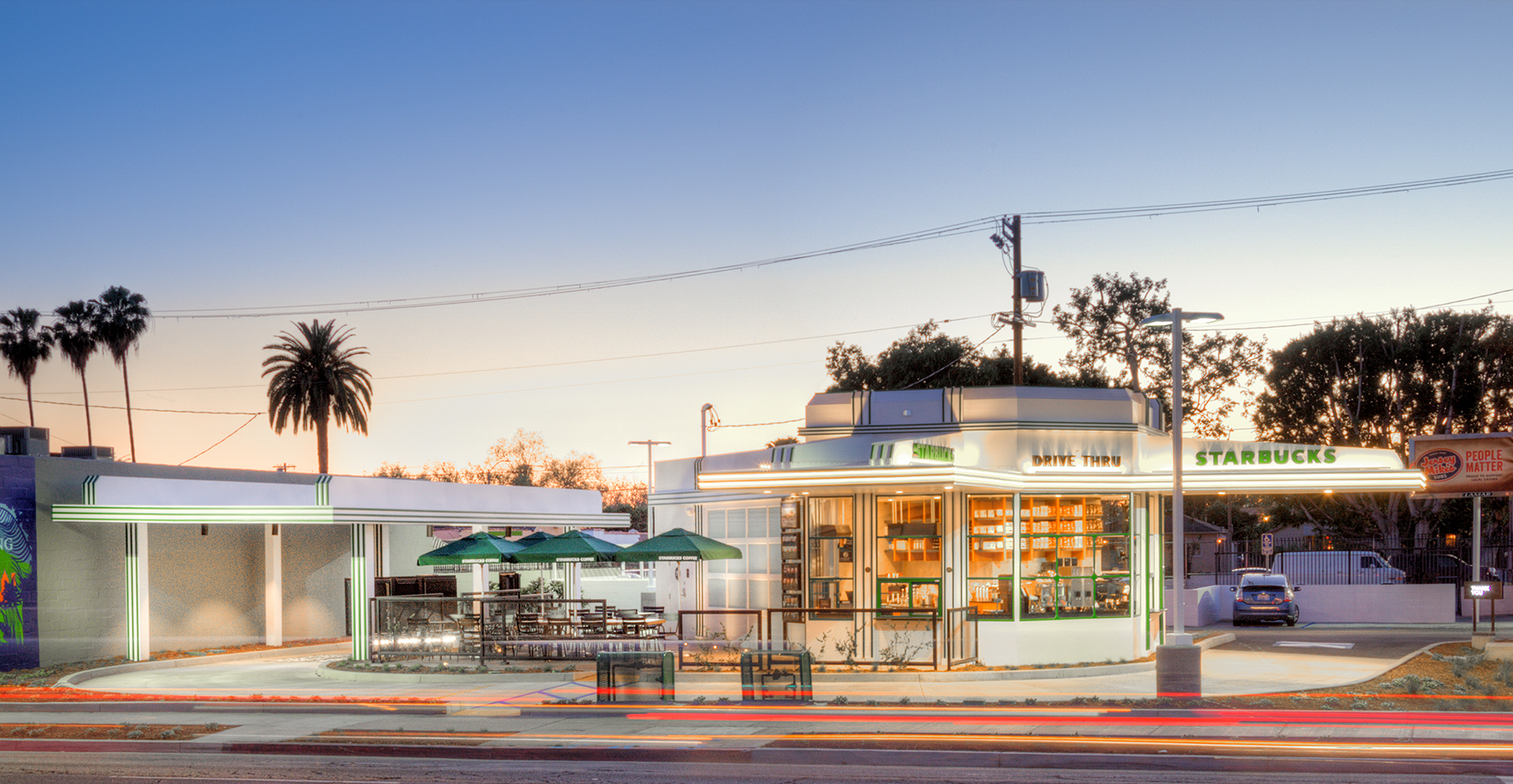
Ford Factory
Los Angeles, CA
Chattel prepared a Historic Resource Assessment and CEQA Impacts Analysis for rehabilitation of the 1914 Ford Motor Company Assembly Plant. Under CEQA, when a project is expected to cause substantial adverse change to a historical resource, environmental clearance for the project would require mitigation measures to reduce impacts. As the qualified historic architect, Chattel ensured the Ford Factory's continued conformance with the Secretary of the Interior's Standards through design collaboration and construction monitoring with owner Shorenstein and project architect Rockefeller Partners Architects. Thus, environmental impacts were reduced to a less than significant impact, and the Ford Factory came back to life with new creative office and retail space for tenant Warner Music Group.
The Neon Museum
Las Vegas, NV
Chattel managed implementation of National Scenic Byways Program grant funding and worked closely with the Nevada State Historic Preservation Office, Federal Highway Administration, and Nevada Department of Transportation. The project, which involved Section 106 environmental review and local certificate of appropriateness review, encompassed rehabilitation of and an addition to the iconic Paul Revere Williams-designed La Concha Motel lobby, which now houses the Visitor Center.

The Neon Museum Boneyard is home to over 150 neon signs.

La Concha Motel Lobby disassembled at donor site.
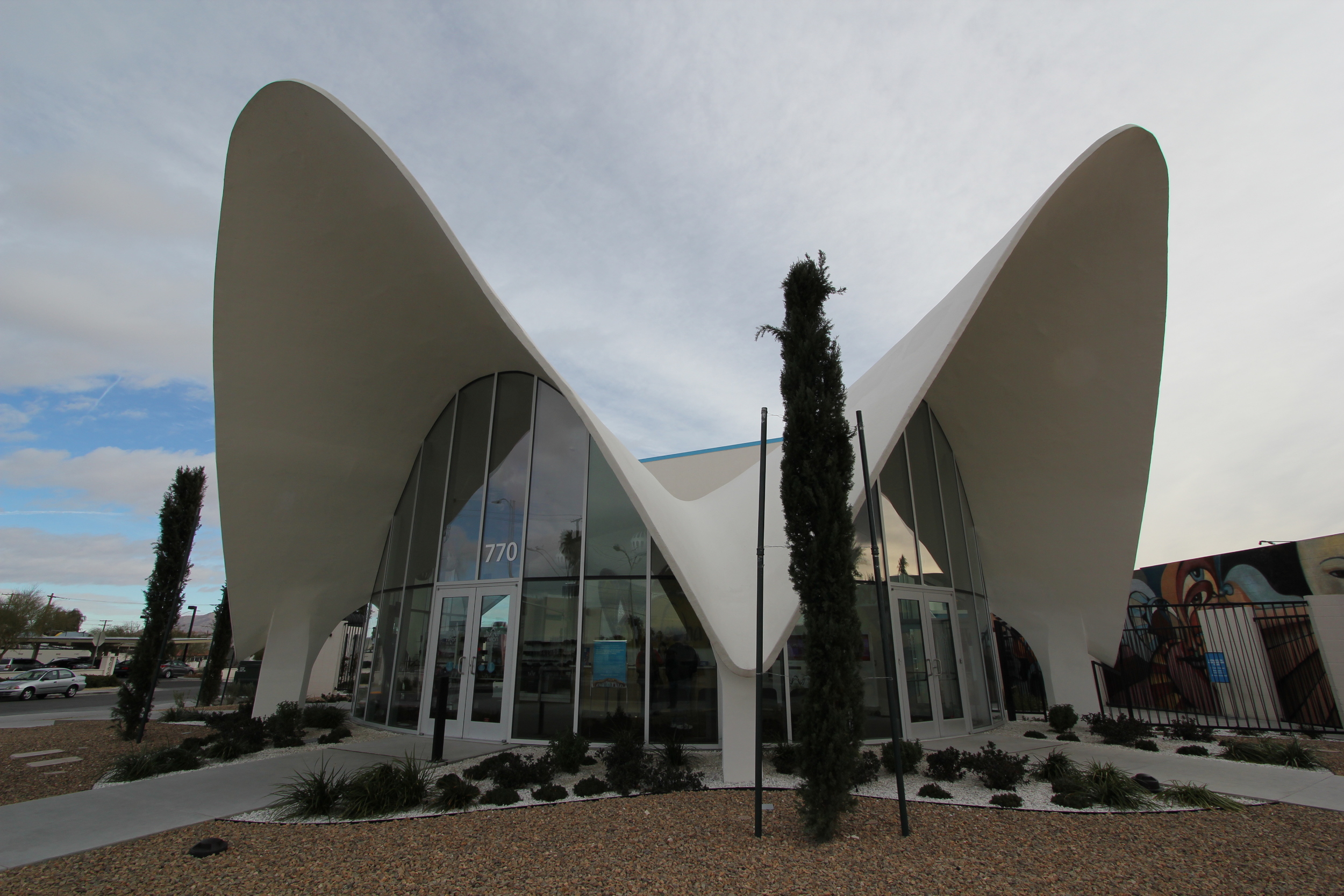
The rehabilitated La Concha Motel Lobby is the new Visitor Center at the Neon Museum Boneyard.
Boyle Hotel
Los Angeles, CA
Chattel worked with East Los Angeles Community Corporation (ELACC) and architect Richard Barron to restore the building’s distinctive corner cupola, rehabilitate 30 affordable units in the historic building and add 21 units in a new addition. The project received a National Preservation Honor Award from the National Trust for Historic Preservation and a Los Angeles Conservancy Preservation Award in 2013.

New affordable housing for mariachis, who congregate daily in the nearby Mariachi Plaza waiting to be hired.

The 4,150 square feet of retail space includes a Mariachi Cultural Center.

When constructed in 1889 by George Cummings, the Boyle Hotel reflected expansion and growth outside Los Angeles' commercial core. The building represents a transition at the end of the nineteenth century when Los Angeles went from a town surrounded by farmland to a burgeoning city center surrounded by suburban neighborhoods. Photo courtesy of California State Library.